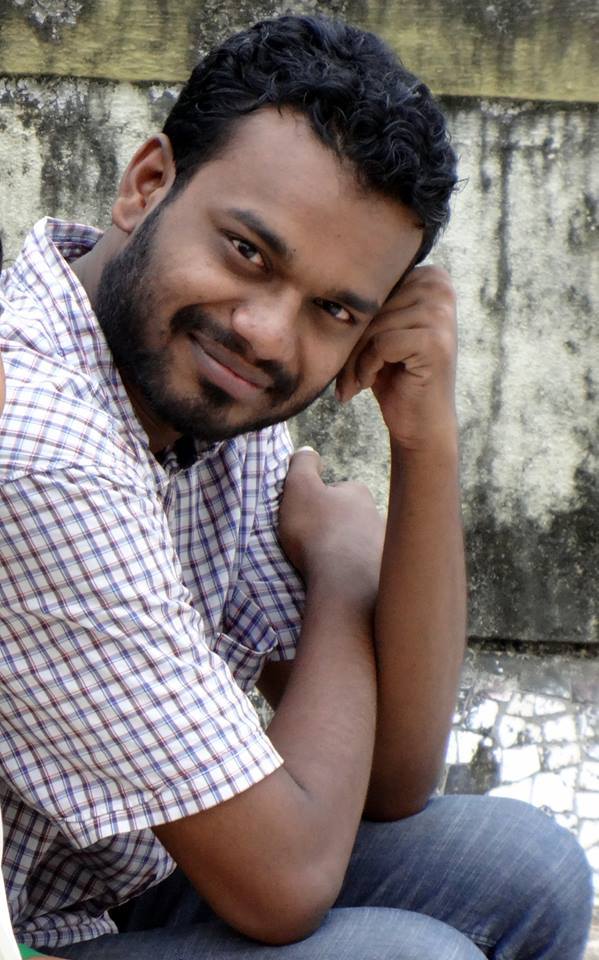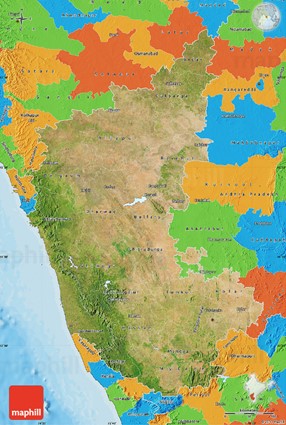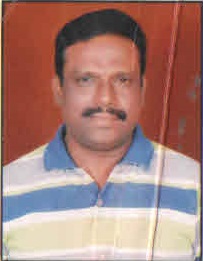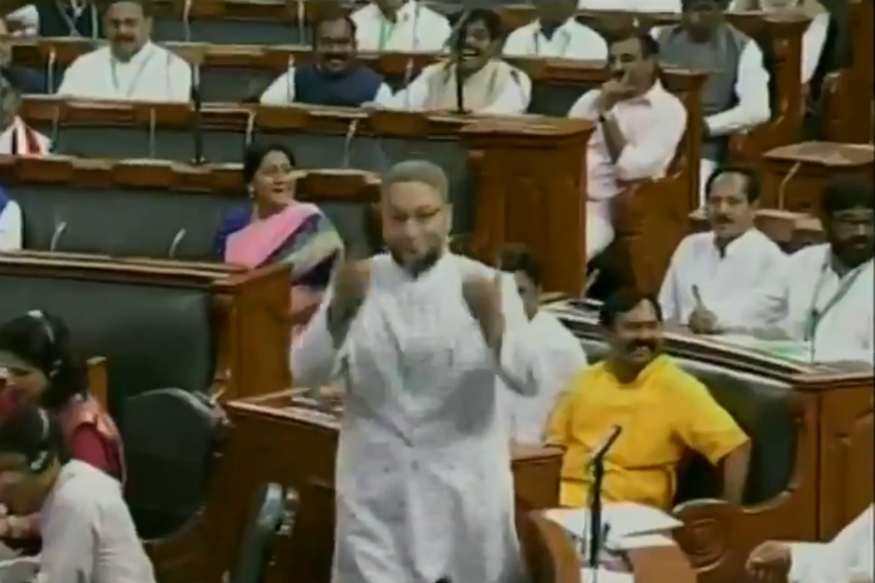Upendra Sonpimple
 The war of 1857 was a rebellion against British colonial rule. The peculiarity of this confrontation consisted of the coming together of all sections of society, with the objective of freedom from the East India Company and their exploitation of the country. The event has left a deep imprint in the history of this country. The resistance of 1857 has been explained in history books giving expression to patriotism and hence propagating nationalism among the people exhorting them to remember the martyrs of this war. Even after 60 years of independence, their stories are reiterated on the occasion of August 15, Independence Day, and on January 26, Republic Day, through national television channels all over India.
The war of 1857 was a rebellion against British colonial rule. The peculiarity of this confrontation consisted of the coming together of all sections of society, with the objective of freedom from the East India Company and their exploitation of the country. The event has left a deep imprint in the history of this country. The resistance of 1857 has been explained in history books giving expression to patriotism and hence propagating nationalism among the people exhorting them to remember the martyrs of this war. Even after 60 years of independence, their stories are reiterated on the occasion of August 15, Independence Day, and on January 26, Republic Day, through national television channels all over India.
In my history syllabus in standard X and XII, I remember text books having chapters on “Indian rebellion of 1857”. I could remember that because my history teacher in class X took exercises to memorize one chapter a week and he would ask five questions from each chapter and those students who were able to answer at least four questions correctly were awarded Rs. 20 each. Indeed it was a day of joy for all of us students. Those chapters and those stories are very explicit because they stoke feelings about nation and emphasize that the sacrifices of the crusaders of this country deserve respect.
The first few names that come in the list of martyrs of 1857 war were: Rani Laxmi, Tatya Tope, Mangal Pandey, Tipu Sultan, Bahadur Shah Zafar and many others. But the writers mostly focused on Rani Laxmibai who was the queen of the Kingdom of Jhansi. The place is now located in Uttar Pradesh. History books introduce Rani Laxmibai as a strong warrior of Jhansi who fought, like a male king, against the British. One famous phrase goes like this~
“Jo khub ladi mardani wo jhansiki thi rani” (The one who fought like a man, she was the queen of Jhansi).
According to history books, when the British troops raided the Jhansi kingdom, she was forced to leave Jhansi. She planned to escape from the British but half way she was caught by a militant and was put in jail. Similar to Jhansi ki Rani, the other kings and fighters/rebels have been given the same importance in history but the Dalitbahujan have been sidelined by upper caste historians.

Jhalkaribai’s statue in Gwalior
In the discussions on the rebels of 1857, the role of Virangana Jhalkaribai, belonging to the Kori caste of Untouchables, has been mostly ignored. Thus this warrior and the courageous Koris were reduced to an unknown position and their significant role has been shrouded in mystery. Discussion on Jhalkaribai is a recent phenomenon.
Jhalkaribai was the only child of her parents and lost her mother at a very young age. Her father brought her up with least care. She was an Indian woman soldier who played an important role in the Indian Rebellion of 1857 during the battle of Jhansi. Her story has surprised many and has offered a critique of the hegemonic knowledge which is imposed on society by Brahmanism and its followers. Jhalkaribai’s story as told by the people of UP is as follows:
When the British came to raid on Jhansi, Jhalkaribai was a soldier in the women’s army of Queen Laxmibai and used to make decisions on behalf of the queen. She went out as a cover for Laxmibai, even confronted the enemies and saved Laxmibai from the British.
There is a saying about Jhalkarbai that is popular in Bundelkhand:
Macha Jhansi mein ghamasan, chahun aur machee kilkari thee,
Angrezon se loha lenein, ran mein kudee Jhalkari thee
(Translated: Amidst the sound and fury of the battle at Jhansi, Jhalkari plunged herself into the battlefield to confront the British.)
This conspiracy of silence on Jhalkaribai is intentional because Rani Laxmibai was born in a Brahmin family in Varanasi and was married to a Peshwa (Brahmin) King named Raja Gangadhar Rao of Jhansi. The same is the case with Ramachandra Pandurang Tope, popularly known as Tatya Tope, who was also born in a Brahmin family. Mangal Pandey was also a Brahmin; there were many others but these are the most popular names in history who are known across the country. In modern India, various movies, TV shows and media often propagate the cultural project of storytelling to generations about these warriors. This selective and biased history has led to significant movements and motivation among dalits of Bundelkhand and all over UP to retrieve and bring to light the heroism and sacrifices of Jhalkaribai for society.

Postal stamp issued in honour of Jhalkaribai by the Govt of India in 2001
Dalitbahujan mobilization by Bahujan Samaj Party emphasizing the relevance of Jhalkaribai has contributed to dispelling the myths spread by dominant Brahminical ideology. It has also challenged existing knowledge structures by celebrating Dalit martyrs’ contribution to the freedom of the country. Jhalkaribai’s birthday is celebrated in Uttar Pradesh as ‘Gaurav Diwas,’ (Day of Pride) but is ignored by Brahminical academia, media and in popular culture.
The evidences about Jhalkaribai emerged first from the community and then the researchers and historians uncovered more proof of the reality of Jhalkaribai. Similarly, other Dalit Virangana like Udadevi and Mahaviridevi have been neglected in mainstream history books due to dominance of Brahmanism.
The many stories of resistance against the colonial rulers and against the social system of the country have been ignored by the upper castes. But alternative knowledge has always existed, but not in a visible manner due to the dominant knowledge spread by Brahmins and other upper castes.
~
References
Women Heroes and Dalit Assertion in North India: Culture, Identity and Politics by Narayan, B, Sage publication, New Delhi, 2007.
Mutiny at the Margins: New Perspectives on the Indian Uprising of 1857, Edited by Crispin Bates, SAGE Publications India, 2014.
Poetry, Politics and Culture: Essays on Indian Texts and Contexts by Akshaya Kumar, Routledge, 2014.
Indian Freedom Movement in Princely States of Vindhya Pradesh by A. U. Siddiqui.
Hindi Dalit Literature and Politics of Representation by Sarah Beth Hunt.
Virangana Jhalkari Bai by Bhawani Shankar Vishard, Anand Sahitya Sadan, 1964.
Jhalkari Bai (Bharat ki Mahan Nariyan) by Anusuya ‘Anu’, Prakashan Vibhag, Suchana Aur Prasaran Mantralaya, Bharat Sarkar, 1993.
Tatya Tope by Indumatī Śevaḍe, National Book Trust, India, 1983.
~~~
Upendra Sonpimple, from Nagpur, is a student of M.A. Social Work in Rural Development (2013-2015) at Tata Institute of Social Sciences.
Pictures courtesy: the net.










